
By Durrant Pate/Contributor

Market analysts have given a positive assessment of the health sector companies listed on the Jamaica Stock Exchange (JSE) Junior Market that have been navigating the delicate balance between rising costs, driving revenue growth and translating that into earnings.
Like many other listed companies, those operating in the healthcare and pharmaceutical space have been facing their own set of struggles with supply chain disruptions, cost pressures including for critical human resources, and machine downtime being the primary ailments. For some companies, grappling with these operational hurdles has led to declining profitability.
However, analysts at NCB Capital Markets are optimistic of the sector, pointing to valuable insights from the latest earnings season, based on the performance of listed health care and pharmaceutical companies. The most recent quarterly financials for Elite Diagnostics, Image Plus Consultancy (IPCL), Indies Pharma (INDIES), Medical Disposal and Supplies (MDS) and GWEST reveal a mix of growth stories, cost struggles, and profit recoveries.
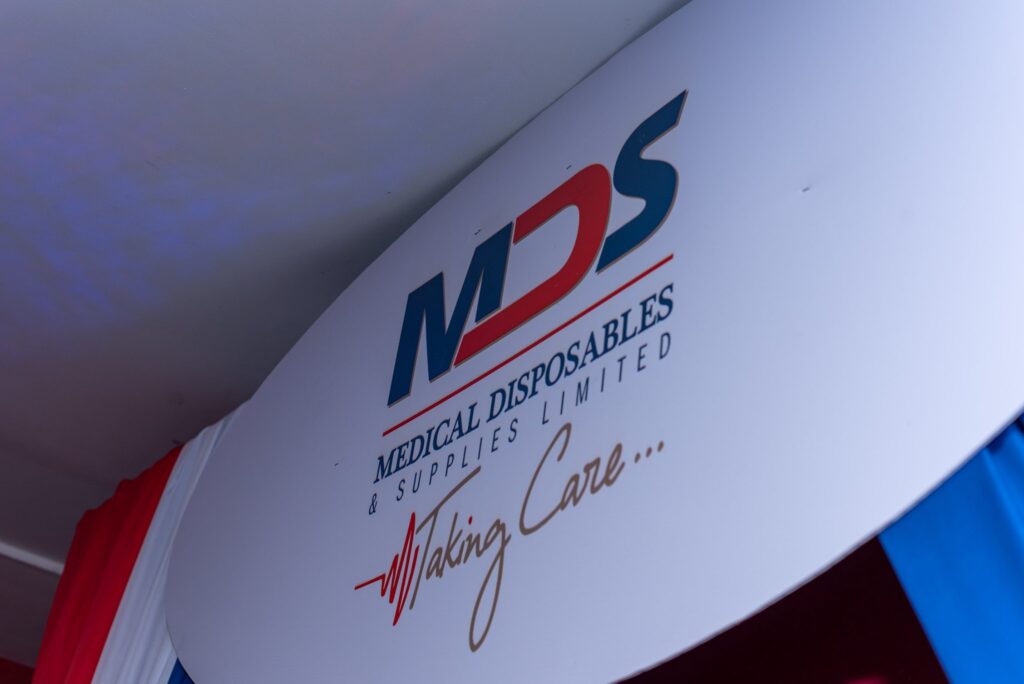
However, as healthcare demand continues to rise in line with demographic and population health trends, the outlook for the sector could be promising. This is especially so for companies that overcome their operational challenges, remain competitive, and deliver earnings growth through strategies for cost management and drive revenue growth.
Latest quarterly earnings performance
The last quarterly earnings performance of the sector was mixed with only two of the five companies achieving earnings growth, while the remaining three produced flat or reduced earnings. Among the medical services providers, ELITE recovered gallantly from losses with a net profit of $32.7 million, as it took a ‘preventative medicine’ approach by cutting machine downtime with pre-emptive maintenance and converting part of its Old Hope Road branch into a teleradiology hub.
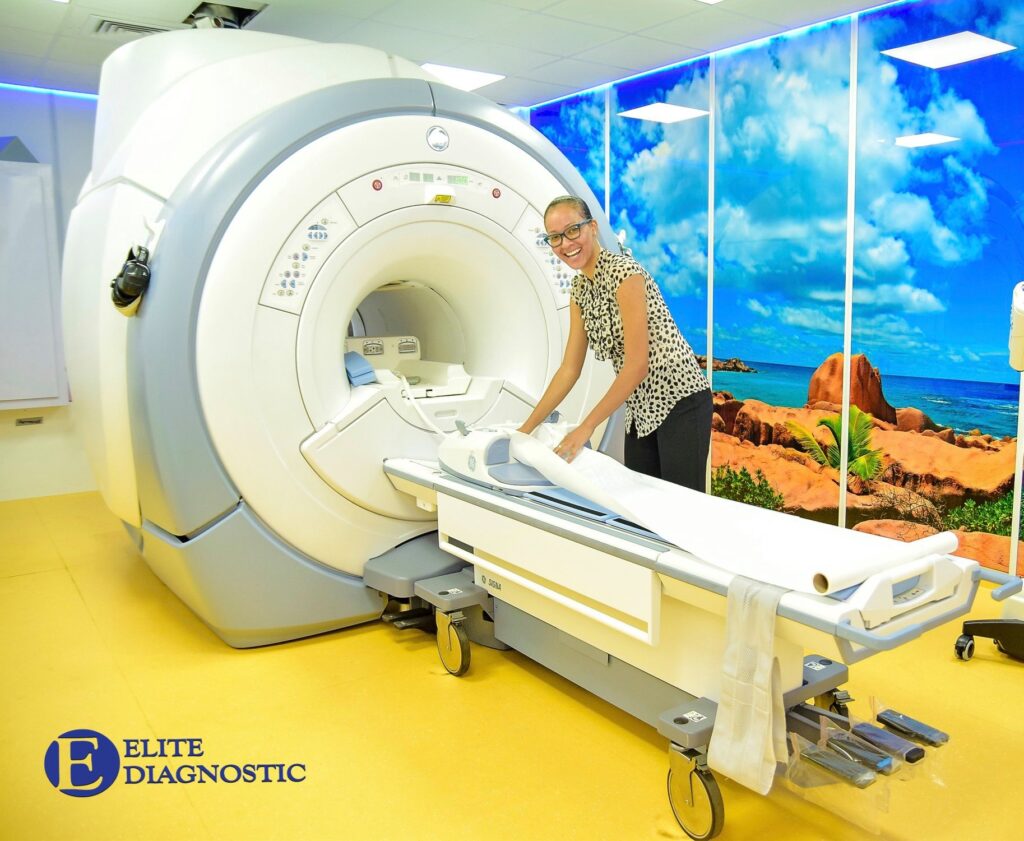
This hub continues to yield cost savings on reading fees for consultant radiologists, who provide their diagnostic services remotely instead of their physical presence on-site. Earlier in the year, the company began a refurbishing exercise accompanied by a monthly service and maintenance contract with a proven overseas firm to mitigate against the main causes of extended downtime.
This positively impacted the revenues, while strategies were employed to reduce cost. Consequently, revenues grew by 28.8 per cent and costs fell by 28.4 per cent during the fourth quarter of 2024. During their respective first quarters, IPCL recorded a 50.6 per cent decline in net profit to J$31.65 million, while GWEST suffered losses totalling $15.7 million relative to losses of $12.1 million in the prior period, despite an improvement in its top line.
Machine downtime hurting IPCL
IPCL’s earnings dip reflected a 2.2 per cent decline in revenues, given the downtime of its Ocho Rios CT unit, reduced after-hours on-call services and slower-than-anticipated growth in its new MRI and Mammography services. The slower growth in mammography was largely due to the oversaturation in the Kingston market, where competition among providers is high.
GWEST managed to record a 14.0 per cent increase in revenues to $56.2 million, bolstered by increased patient visits, and higher lease income. However, NCB Cap Market says, “This was not reflected in its bottom line, which was weighed down by higher costs (+80.7 per cent).
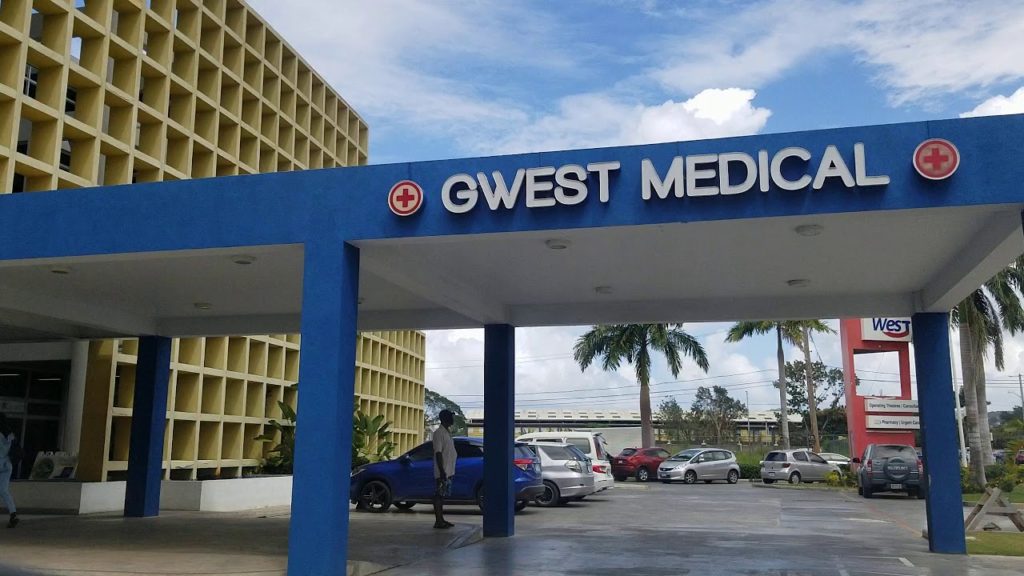
Going forward, GWEST will need to monitor its costs to drive sustainable growth in profitability. Medical products distributors also reported mixed earnings during their most recent quarter.
MDS saw notable earnings growth, recovering from a net loss of $20.78 million in Q1 2023 to a net profit of $5.92 million in Q1 2024.” The recovery was driven by a 5.1 per cent revenue growth aided by the performance of its medical and consumer divisions, given the normalisation of supplies for key products, new product rollouts, and fresh customer acquisitions.
However, the results were eroded by weaker performances in its pharmaceutical division and its subsidiary, Cornwall Enterprises, as some key products in these portfolios were unavailable.
Indies Pharma continues positive run
On the other hand, while Indies Pharma continues to report positive earnings owing to the demand for its pharmaceutical products; the results were moderated by a 26.1 per cent increase in direct cost and lower revenues (-1.1 per cent), which dragged on its bottom line. So far, investors have had mixed reactions to the earnings announcements with only one stock price of the five healthcare companies appreciating.
The stock price for Elite (+29.1 per cent) correlated with its net profit movement. In contrast, the share price movement for IPCL (-18.5 per cent) was in line with the weaker earnings. However, GWEST, MDS, and INDIES share prices moved opposite to the earnings results. MDS (-2.2 per cent) saw a decline in its share price despite recording improvements in revenue and net profit during the quarter, while, INDIES (+8.57 per cent) and GWEST (+9.9 per cent) saw an appreciation in their share prices despite lower earnings during the quarter.
The share price movements are measured from each company’s earnings release date to September 13, 2024. While medium to long-term health and demographic trends suggest a health industry with strong growth potential, NCB Cap Market asserts, “Companies will need to refine their competitive strategies, whilst effectively managing direct, operating, and finance costs to deliver better margins. Elite’s strategic initiatives have effectively reduced expenses and the company remains committed to improving its financial health and shareholder value.”
Market developments
Investments in energy efficiency, teleradiology, and upgraded equipment should help Elite boost profitability and sustain margins. MDS and INDIES can benefit from growing demand for pharmaceutical products in the long-term as diseases like cancer, diabetes, hypertension, colds, asthma and other ailments become more prevalent and support a continued need for medicine and healthcare products.
Notably, INDIES is set to ride the wave of global pharmaceutical market growth, driven by innovative drugs and rising healthcare demand. The historic approval from the Food and Drug Administration (USFDA) for its generic drug, Regadenoson, opens the door to the US$400 million American market.
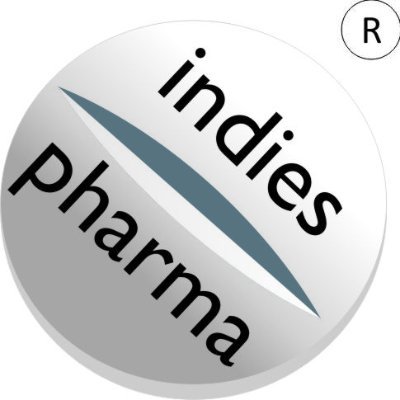
This entry into the US market is a start to a strategic move to focus on business expansion to new markets, allowing INDIES to leverage its USFDA approval to grow revenues and earnings. Management expects this new market to be a major revenue earner in a few years.
Following the global trend, Jamaica’s diagnostic imaging services industry will continue to grow, driven by the increase in the ageing population, technological advancements within the industry, and the growing demand from consumers for preventative diagnostic screening.
To tap this demand, health sector players need to sustain or pursue strategic investments, targeted market expansion, and employ creative solutions including sourcing outside talent to drive revenues and contain its costs. Overall, if these companies can strike the right balance between cost management and revenue growth, they should remain in fighting shape, well positioned to deliver healthy returns to investors.


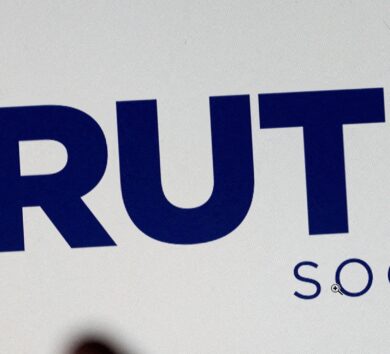


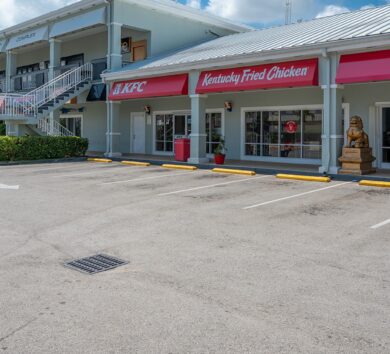

Comments